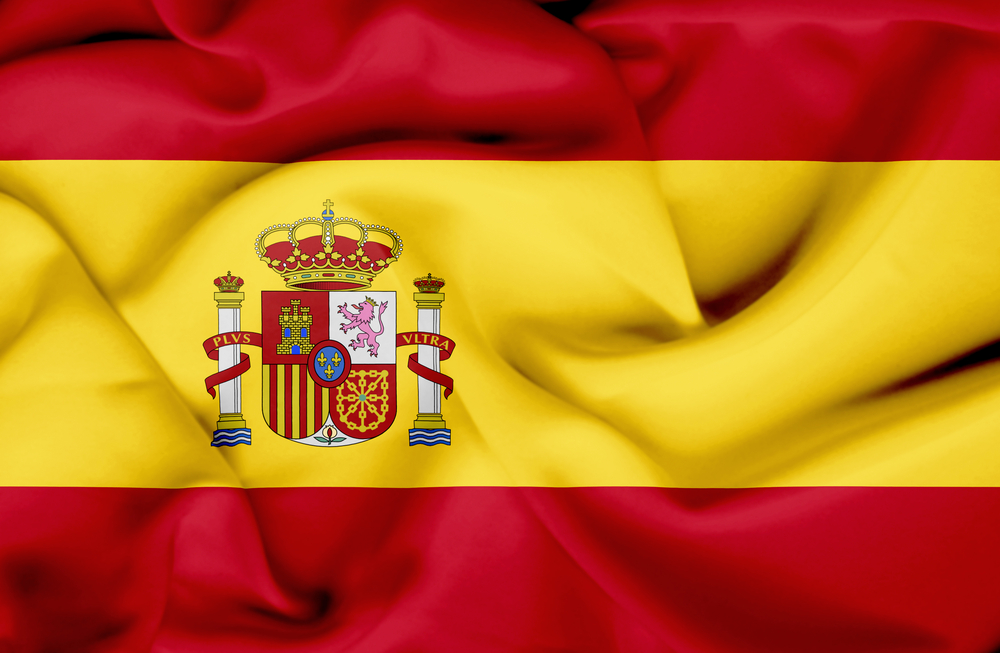



USDA, IMF outlooks for Spain’s economic trends
Outside the European Union Member States, Brazil is the largest origin of Spanish agricultural and related imports followed by the US.At the same time, the IMF increases the forecast of Spanish GDP for 2022 to 6.4 percent, up 0.6 percent from July, which indicates that the economic recovery from the COVID-19 crisis is on track, although a bit slower than expected. Even though the estimated growth for Spain in 2022 is significantly higher than in other EU member states (such as Germany, France, or Italy), it is expected to take longer to return to pre-pandemic levels since Spain experienced the biggest setback in 2020, when output fell by a record 10.8 percent, the biggest decline since the Spanish Civil War.
The projected economic growth will be supported by gradual increased demand, due greatly to the national recovery plan and the absorption of EU pandemic recovery funds, as well as a gradual recovery of tourism. According to the Bank of Spain, tourism will not return to normal levels until 2022.
Currently, 80.1 percent of the Spanish population has received at least one shot of the COVID-19 vaccine; 78.5 percent received two shots. As vaccination advances among the younger generations and restrictions are progressively lifted, economic activity is picking up. Despite the improvement in the epidemiological developments, the potential incidence of new variants and the vaccine situation in the world continue to bring a certain degree of uncertainty both to the short and medium term economic outlook.
Tourism is a strategic sector for Spain, providing 12.3 percent of GDP and 12.7 percent of employment. After hosting another record-breaking number of foreign visitors in 2019, in 2020, Spain received 19 million visitors, 77.3 percent less tourists compared to the previous year. From January to August 2021, Spain recovered 25.8 percent of the tourists lost because of the pandemic, receiving 15 million tourists. Despite the recovery, the future of foreign tourism is still uncertain due to the ongoing travel restrictions worldwide, the resurgence of cases and variants, and fear of travel.

In terms of population and demographic trends,Spain’s population went from 40.5 million in 2000 to 47.4 million in 2020, partly thanks to the economic growth of the early 2000s. Nevertheless, having one of the lowest fertility rates in the world is causing Spain’s population to age rapidly and this trend is forecast to continue in the next decade. Correspondingly, the market will have to adapt to this demographic change and the impact on future consumer trends and preferences. This will create opportunities for new formats and products targeting that segment of the population.
Meantime, USDA also reports that in 2020, Spain imported $1.67 billion of agricultural, fish and forest products from the United States. Outside the European Union Member States, the United States was the second largest origin of Spanish agricultural and related imports after Brazil.
As one of the countries most affected by the COVID-19 pandemic's first wave in 2020, Spain's Gross Domestic Product (GDP) collapsed by a historic 10.8 percent. However, Spain’s recovery is back on track and the International Monetary Fund’s latest forecast expects 5.7 percent annual growth in 2021, followed by an even higher 6.4 percent in 2022. This offers opportunities for certain consumer-oriented food items, as well as long-term prospects for other products.
The report provides guidance to companies interested in exporting high-value consumer-ready food products to Spain and includes an overview of the country's economic situation, market structure, and export requirements.


